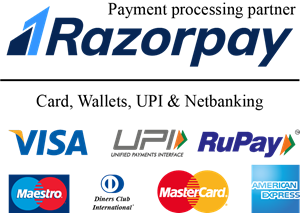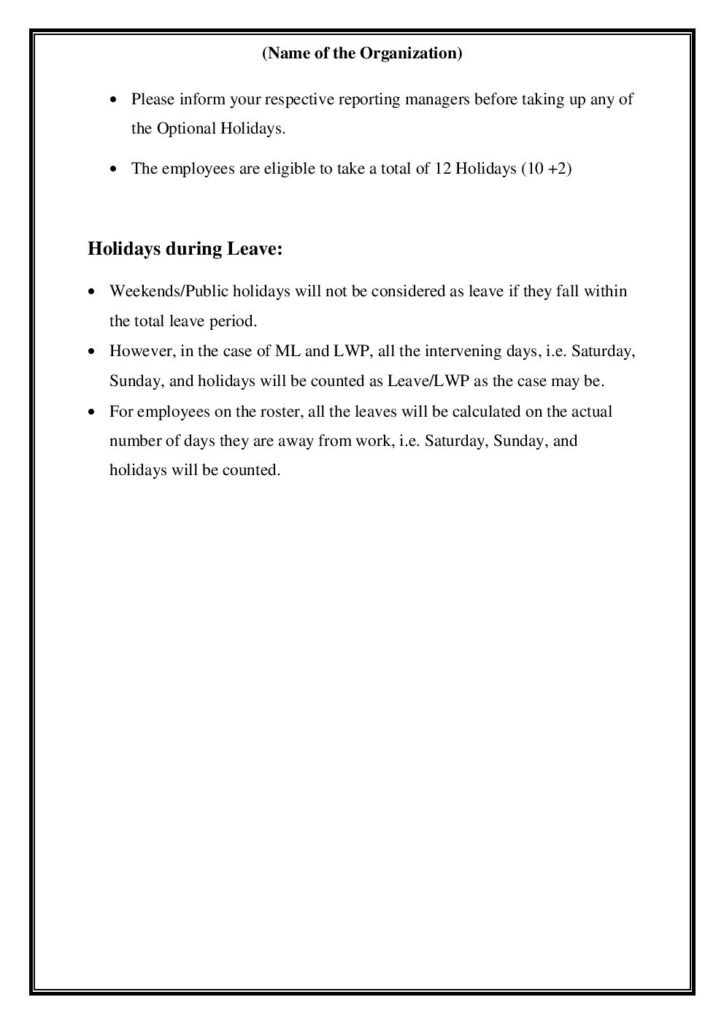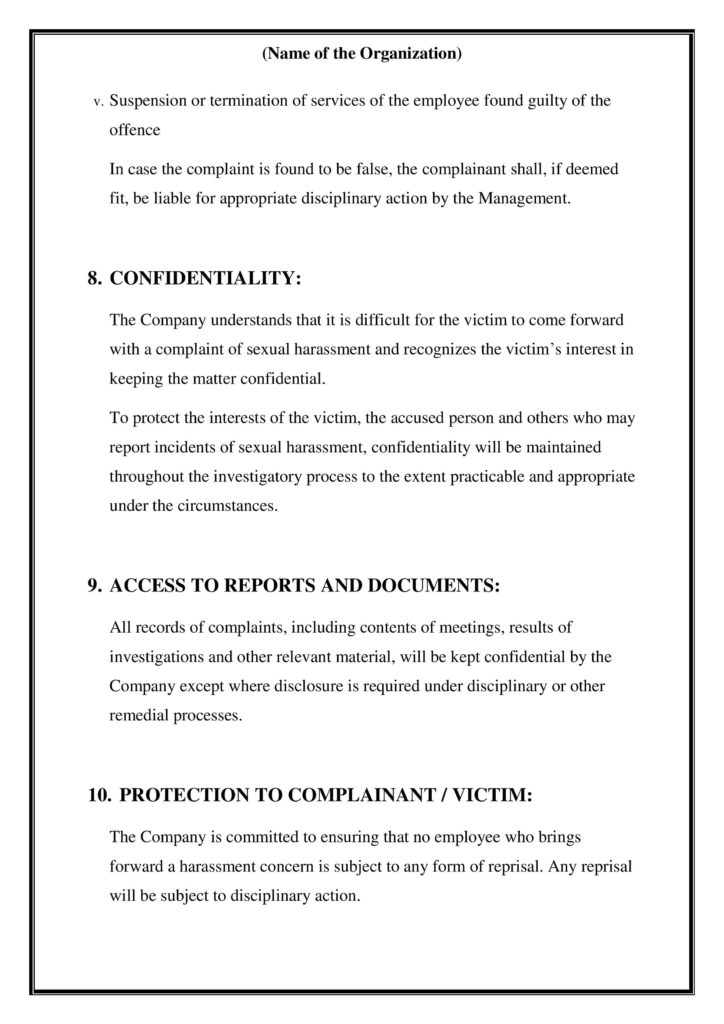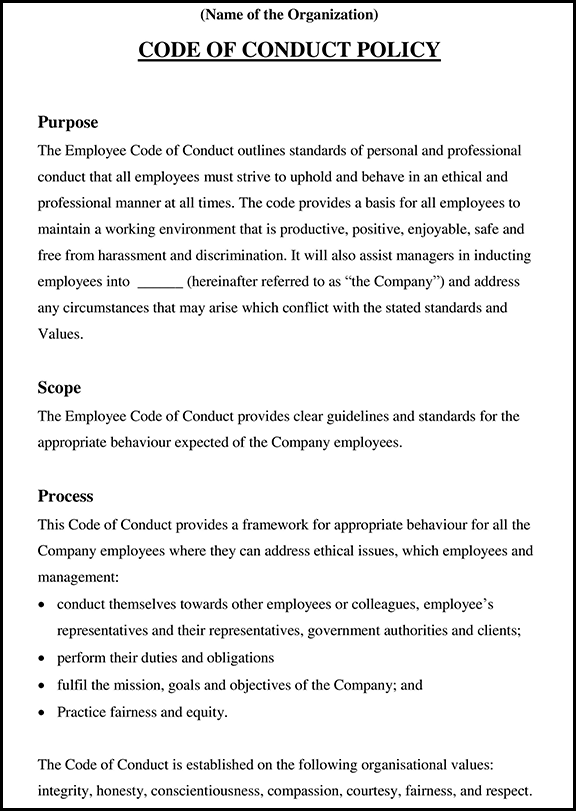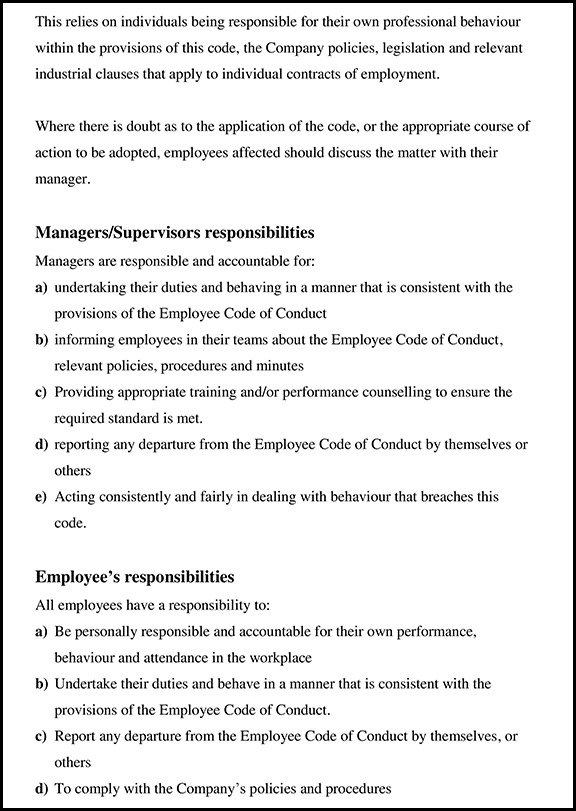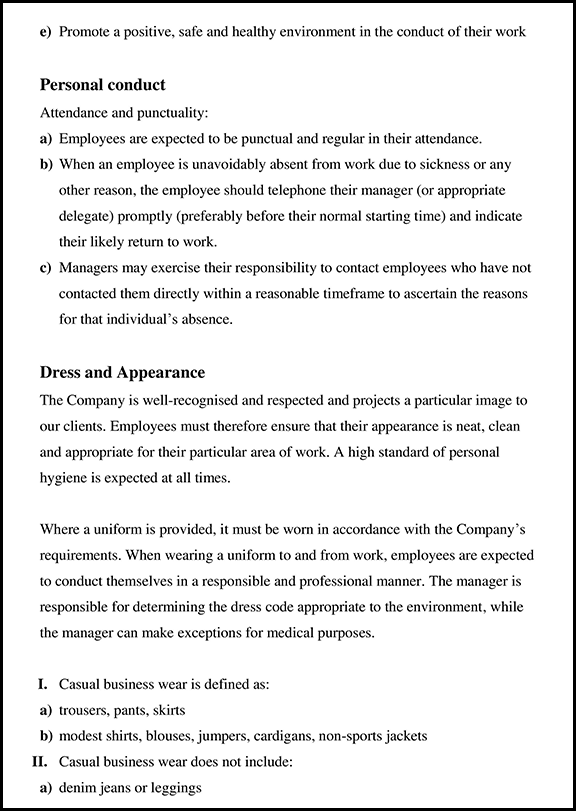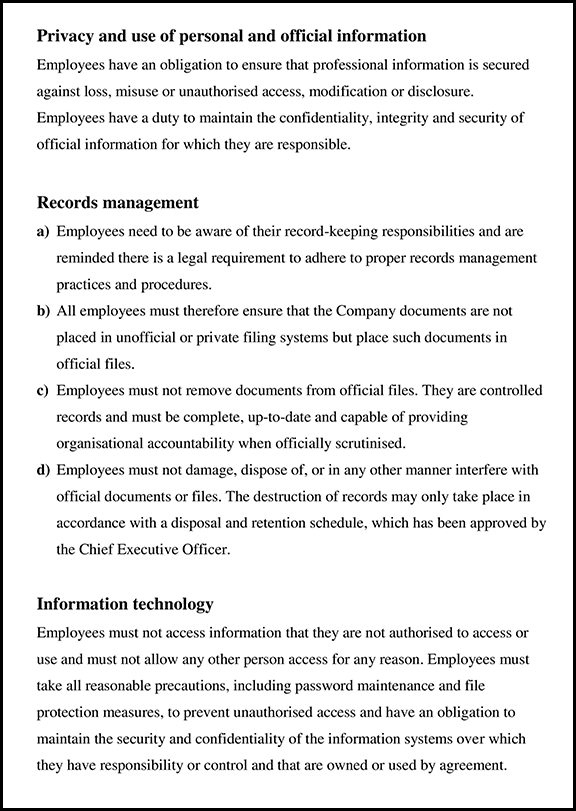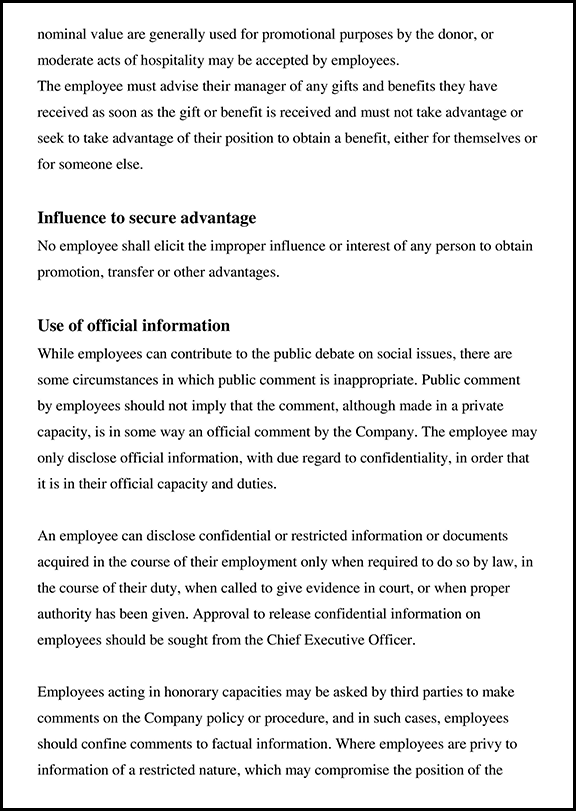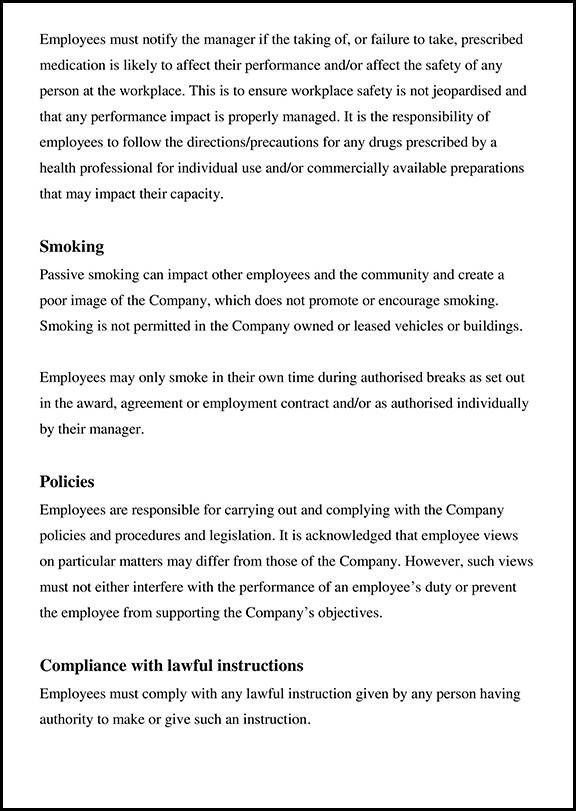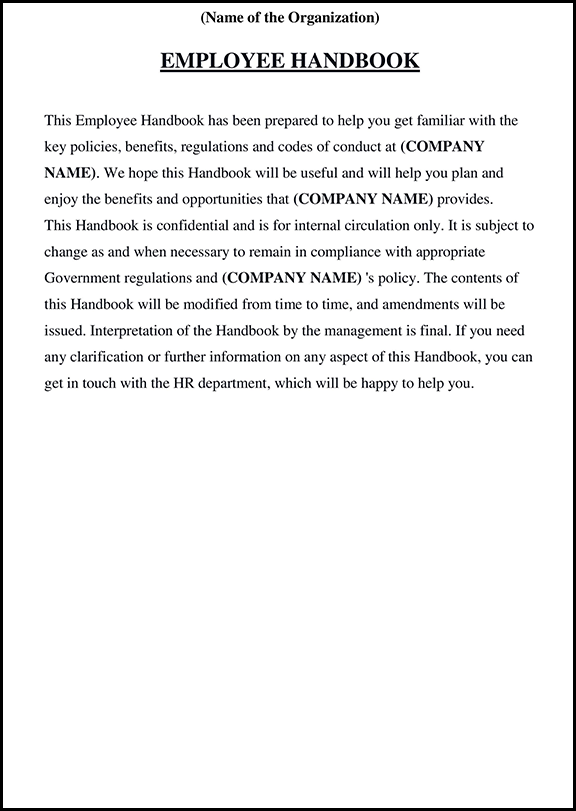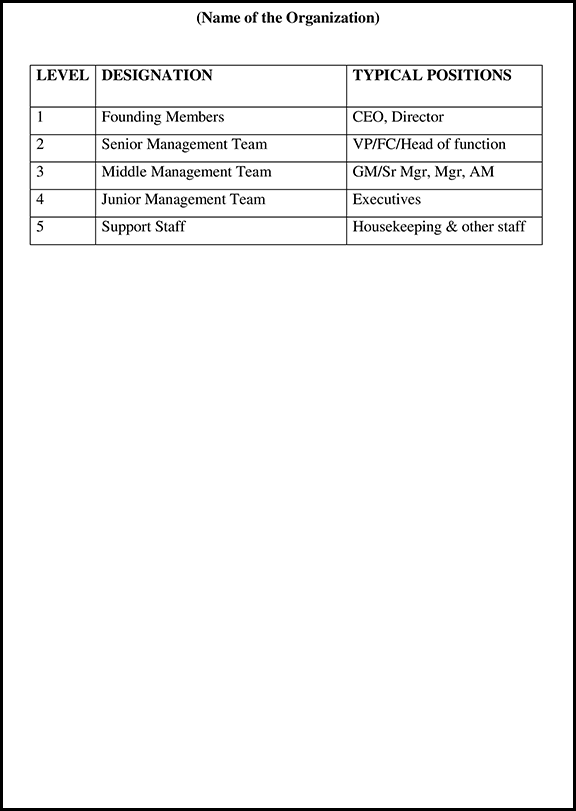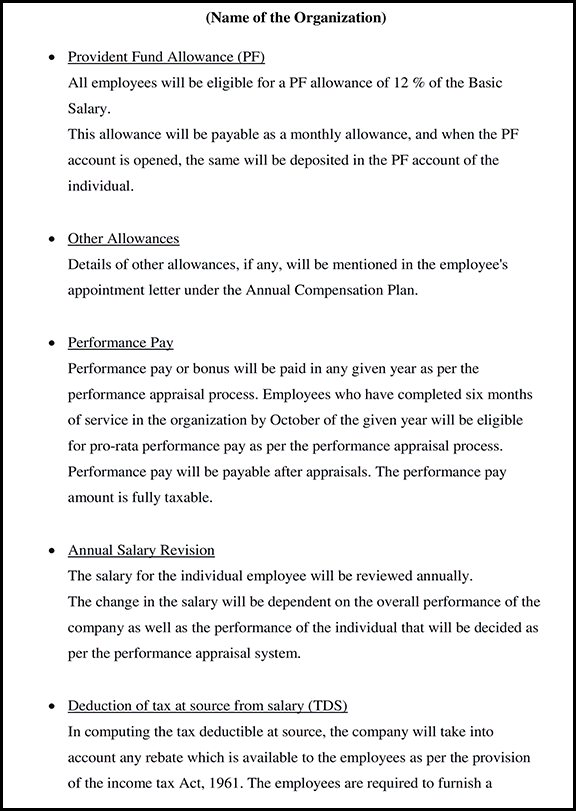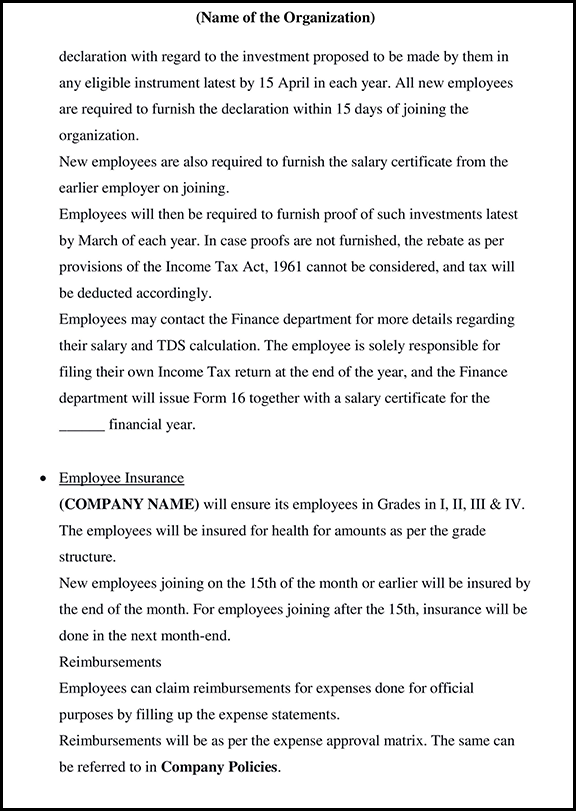
Human Resource Planning: 14 Key HR Planning Process
What is HR Planning Process?
HR Planning Process is an ongoing process and forecasting the needs like demand and supply in near future to achieve the organization’s goals. The process of hr planning should serve as a link between HR management and organization plans. There is five important Process of HRP: Analyze the organization plan, company’s goals & objective, evaluate your HR team, implement the strategy to improve your operation, & develop a strategy that supports organizational goals.
The Management strategies which HR implements and performs for successful employee work-life and experiences. The human resource planning process includes every single activity which contributes to the employee as well as the business growth. It helps to achieve individual, organizational and social Goals.
The Following are some of the core Human Resource Planning Process:
1. Planning
2. Directing
3. Controlling
4. Managing
5. Motivating employees
6. Recruiting
7. Inducting employees
8. Giving orientation
9. Maintenance of human resource
10. Offboarding
The HR department in any company has several business-critical goals. These goals can only be realized when the workings of a company are consistent and transparent. HR planning processes are meticulously designed to make common HR tasks (like recruiting and attendance) easier to manage. This, in turn, helps a company to achieve the business-critical goals they originally aimed for.
Simply put, Human resource planning processes are a way of introducing consistency in HR. It is usually the job of HR managers to regularly audit their processes, to make them more efficient.
What are the HR Planning Process Steps?
HR issues can be complicated for most companies. Many different components can confuse you, as a business owner. This can lead to ineffective decisions, and slow down business. To avoid these situations, your company must have updated and effective human resource planning processes in place.
Following are the 7 key steps for managing human resources in any company:
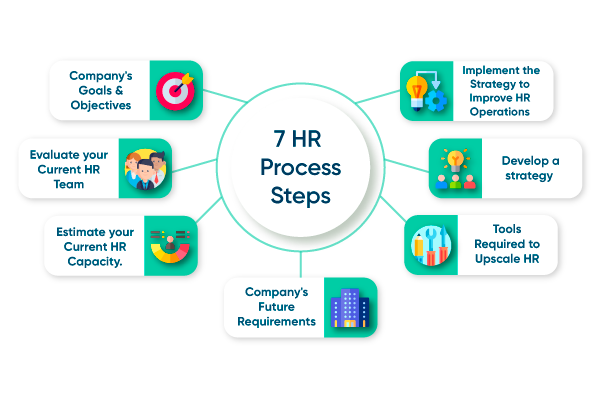
Importance of HR Planning Process
The HR department of any company is of utmost importance. After all, it is the people that drive companies. It is people (i.e human resources) that generate ideas, make plans, and deliver goals.
HR planning processes directly impact how the human assets are handled in your company. These processes attract, select, nurture and retain the best talent in your company. And therefore, every company must prioritize its HR planning processes. So, What are the steps in human resource planning?
Best 14 Steps in HR Planning Process (HRP)
1. Human Resource Planning
Human Resource Planning helps an organization to identify and manage its hiring needs. HRP is a continuous and systematic process, which aims to optimally use a company’s human resources. Doing so helps the company to avoid manpower shortages or surplus. It also helps any company to maximize their productivity, and consequently profits.
The Human Resource Planning Process Has 4 major steps
1. Analyzing the present supply of the workforce.
2. Forecasting labour requirements in different areas.
3. Matching the projected labour demands with adequate supply.
4. Supporting the organization’s key objectives.
2. HR Recruitment
HR Recruitment is the process of identifying and attracting the top talent to your company. This process involves many steps, such as interviewing, hiring, selecting and onboarding new employees. The HR Recruitment process aims to fulfill any vacant positions in a company and find candidates that fit best with your company values.
In a small organization, this process is usually handled by a single manager. In larger organizations, entire teams of managers are dedicated to this task, and all employee information is managed centrally by software. There are several types of recruitment processes.
A few of them are listed here:
1. Internal- Choosing from among your existing employees.
2. External- Onboarding new employees.
3. Outsourced- External firms handling the recruitment process.
3. Selection Process in HRM
The selection process in HRM refers to the practice of finding interested candidates for a job role and eliminating unsuitable candidates for the same. Selection processes are often lengthy and tedious. It is the job of HR to make these processes systematic and efficient.
Selection processes often involve the 7 steps listed below:
1. Preliminary interviews.
2. Screening of Applicants
3. Employment tests
4. Selection Interview
5. Checking of References
6. Medical examination
7. Final selection/ hiring
4. Documentation For HR Process
HR Documentation is a process of comprehensively writing, printing, and maintaining all documents, agreements and contracts important to a company. This process sounds tedious at first. However, if you look at the amount of sensitive data going through a company every day, the importance of well-organized documents is seen clearly. Documentation helps a company to record their interactions with employees, stay in compliance with laws, and serve as a legal backbone in case of lawsuits.
Here are some best practices to follow for good documentation:
1. Avoid generalities and be accurate.
2. Stick to facts, preferably with dates and times.
3. Identify witnesses
4. Keep your documents secure but within easy access.
5. Employee Onboarding
Employee onboarding is a systemic process of integrating an employee into your company. While it may sound very similar to induction, onboarding is different. Employee onboarding is comprehensive and usually lasts for 12-18 months. During this time, employees are given all the resources they need to succeed (like training, expectations, etc). Good onboarding can improve your company’s employee retention by 50-60%.
Onboarding comprises of:
1. New employee recruitment
2. Offer acceptance and joining
3. Training and orientation
4. The first few months

6. New Employee Induction
Employee Induction is a process that refers to the practice of welcoming new employees to your workplace. This step is crucial, as it prepares employees for their business roles. New employees often need the right information, tools, and training to become assets in your workforce.
A good induction program achieves the following:
1. Makes an employee feel welcome in your new workplace.
2. Makes the employee confident and clear about their job role.
3. Gives the employee an understanding of your company culture.
4. Foreshadows a positive future for the employee.
5. Makes an employee enthusiastic and motivated about their new job.
6. The Induction Process is usually of short duration. It has to be comprehensively planned before an employee joins your company.
7. Relationship with Employees
A company’s relationship with its employees is generally weighed by two factors- employee retention and employee engagement.
1. Employee engagement measures how invested your employees are.
2. Employee retention focuses on keeping employees satisfied with their work.
HR planning processes are structured to quantitatively measure employees’ engagement, and how satisfied they are. These measurements are usually taken in the form of surveys, interviews or forms. A company with good employee relations witnesses low turnover, high productivity, and higher employee loyalty.
8. Leave Management
Employees in any company need time to relax and recuperate. Leave management is a process that deals with giving time-off to your employees in a fair manner.
This process tracks the time an employee is away from work and calculates employee compensation. When an employee takes an extended leave, organizations have to handle it with compassion, while ensuring that their business runs smoothly.
Organizations should have clear policies in place, that dictate how each kind of leave is handled.
10. Performance Management
Performance management is a process that measures how well your employees are doing their work. Most HR teams measure employee performance annually (through appraisals).
Performance management is not a one-step process, and usually includes the following steps:
1. Getting approval to start employee appraisals.
2. Issuing employee evaluation forms.
3. Managing and measuring this performance quantitatively.
4. Implementing the results in the form of employee salary hikes, bonuses, and benefits.
11. Benefits and Reward
Benefits, rewards, and compensation are the major external motivations for employees. In addition to basic salary, companies offer benefits like health insurance, retirement fund, and paid leaves to their employees.
Benefits and rewards are offered as per company policies and sometimes affected by government regulations. As mentioned before, these benefits and rewards heavily dependent upon an employee’s performance in a company.
This serves to motivate the employees and lead to higher productivity. However, a customized benefits package adds to the complexity of this HR process.
12. Performance Appraisal
Performance Appraisal is a process where an employee’s performance is evaluated. The idea is to enhance an employee’s work quality, productivity and efficiency. Appraisals are usually done annually, and they serve as feedback for employees. Appraisals also help an organization to select employees for promotions, salary hikes, bonuses, etc.
An effective appraisal process is designed around these 6 steps:
1. Reflection- where employees are asked to reflect on their performance and contribution to the company.
2. Setting new goals according to the company needs.
3. Identifying an employee’s weak links and learning needs.
4. Recording and managing an employee’s progress.
5. Financial or non-financial rewards for the goals achieved.
13. Employee Survey
An employee survey process is a method of distributing questionnaires (online or offline) to gather data and feedback. A survey may measure an employee’s morale or achievements. It may be used during appraisals or exit interviews. Surveys are also used to gain feedback about how employees feel about the company’s work culture, managers, their motivations, and areas of concern.
Effective surveys are usually distinguished by the following traits:
1. They have a clear goal.
2. They have clear indicators and scales of measurements.
3. They are well structured and stick to their formats.
4. Might be anonymous, if the information gathered is sensitive.
14. Exit Interviews
Exit interviews are meetings held with an employee who is leaving your company. These interviews become an important HR planning process, as they help your organization to obtain honest and frank feedback. These interviews often highlight critical gaps and problems, which the organization can address to prevent further loss of employees. HR managers conduct almost 70% of exit interviews.
These are the 3 key points for a successful HR interview:
1. Creating a comfortable environment for the exit interview.
2. Asking the right questions. (what caused your employee to leave his/her current job?)
3. Paying close attention to the positive and negative aspects reported.
Conclusion
HR planning processes cover a wide range of your business functions. Without these processes in place, your HR team can quickly become overwhelmed, resulting in chaos and a lack of consistency. HR planning processes improve business functions, make work easier, and help your company avoid disputes.
Join a Community of 1,00,000+ HR Professionals







